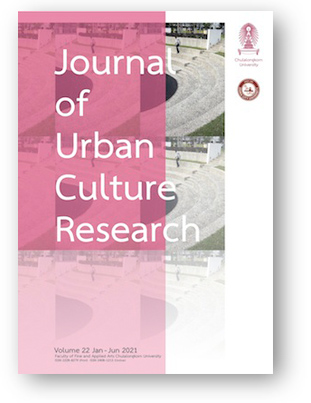Transformation of the Relationship Between Neighborhood & Sociality Space and Land Use in Tripoli Lebanon
DOI:
https://doi.org/10.14456/jucr.2021.4Keywords:
Urban fabric, Culture, Space, Social Life, Land Use, Tripoli, LebanonAbstract
Prior to the technological breakthroughs of the past two decades, the relationship between neighborhood and sociality had long remained relatively stable. However, Social media and technological innovations have occasioned changes in both lifestyles and urban forms. This research takes a social perspective to analyze the urban space of the city of Tripoli across three main stages. Tripoli has been chosen because the city includes a variety of urban structures and a variety of lifestyles. This study investigates how space affects culture and culture affects spaces in urban design. First, I present three parts of Tripoli’s urban fabric, then provide an overview of residents’ daily lives. I focus on the problems that these residents face because of the urban design of indoor and outdoor spaces as well as the relationship between neighborhood and social activities. I advance a new orientation for evaluating urban design based on social life, assisting urban designers and those responsible for improving residents’ social lives.
Downloads
Published
How to Cite
Issue
Section
License
Authors authorize the JUCR to publish their materials both in print and online while retaining their full individual copyright. The copyright of JUCR volumes is retained by Chulalongkorn University.
The views and opinions expressed herein are those of the individual author(s) and do not necessarily reflect the policies or opinions of the Journal (JUCR), it editors and staff, Chulalongkorn University, or Osaka Metropolitan University.








